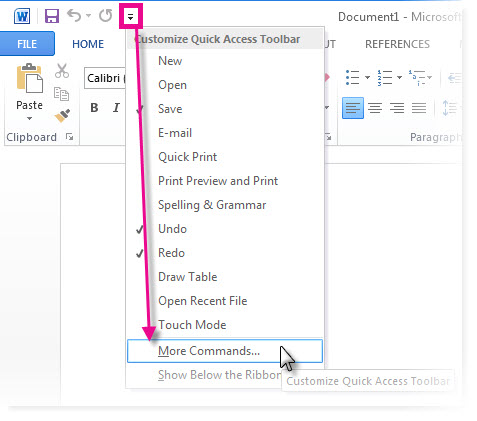Speak is a built-in feature of Word, Outlook, PowerPoint, and OneNote. You can use Speak to have text read aloud in the language of your version of Office.
Text-to-speech (TTS) is the ability of your computer to play back written text as spoken words. Depending upon your configuration and installed TTS engines, you can hear most text that appears on your screen in Word, Outlook, PowerPoint, and OneNote. For example, if you're using the English version of Office, the English TTS engine is automatically installed. To use text-to-speech in different languages, see Using the Speak feature with Multilingual TTS.
- Download this app from Microsoft Store for Windows 10, Windows 8.1. See screenshots, read the latest customer reviews, and compare ratings for Speech to Text.
- Office 2019 is compatible with a Windows 10 PC and a Mac running the three most recent versions of macOS. For more information, see this Microsoft support page.
Now, to use Text to Speech to read text to you, copy the text to the Clipboard, launch TextEdit, paste the text into the empty untitled document, click where you want your Mac to begin reading to you, and then choose Edit→Speech→Start Speaking. To make it stop, choose Edit→Speech→Stop Speaking.
To learn how to configure Excel for text-to-speech, see Converting text to speech in Excel.
Add Speak to the Quick Access Toolbar
You can add the Speak command to your Quick Access Toolbar by doing the following in Word, Outlook, PowerPoint, and OneNote:
Microsoft Powerpoint For Mac Free

Next to the Quick Access Toolbar, click Customize Quick Access Toolbar.
Click More Commands.
In the Choose commands from list, select All Commands.
Scroll down to the Speak command, select it, and then click Add.
Click OK.
Use Speak to read text aloud
After you have added the Speak command to your Quick Access Toolbar, you can hear single words or blocks of text read aloud by selecting the text you want to hear and then clicking the Speak icon on the Quick Access Toolbar.
Learn more


I know this was forever ago, but I was having the same issue. I was changing 'narrator' which was all wrong.
I kept messing around with a few different suggestions I saw, and I finally figured it out. My response is very similar to Harsha's (who does work for Microsoft, so I knew they had to be on the right track). Following their exact directions did not work with my computer, though. I hope it works for everyone on this post that has not fixed it yet or for new people looking since help on this issue is scarce.
My computer is windows 10 (it would probably be the exact same process on Windows 8 too.)
1.) Press the windows button on your PC to navigate back to the start screen.
2.) Type in the search bar 'tts'
3.) You will most likely have options of apps to install pop up underneath, but ignore it and just hit enter/search.
4.) It will show results for 'tts.' IGNORE all the websites, app suggestions, and pictures that may pop up.
Speech To Text Software Mac
5.) Look at the left of your screen, and you should have 2 things listed (or I did). One is 'use audio description for video' and the other is 'change text to speech settings'
6.) CLICK ON 'change text to speech settings' (it might have a little microphone emoji beside it)
7.) After clicking on it, a 'Speech properties' window should pop up.
8.) There is a drop down list with the 3 voice options to choose from:
Microsoft David (what my default was)
Microsoft Hazel
Microsoft Zira (my personal favorite)
9.) Once you have selected a voice option, there is a slider bar to change the speed of the voice.
10.) Press the Apply button after you are finished selecting the voice and speed you want.
11.) Press OK, and exit the 'speech properties' window.
12.) The voice you chose should work for Microsoft Word 2016 now.
(I did not even have to exit out of Microsoft Word for the voice to start working.)